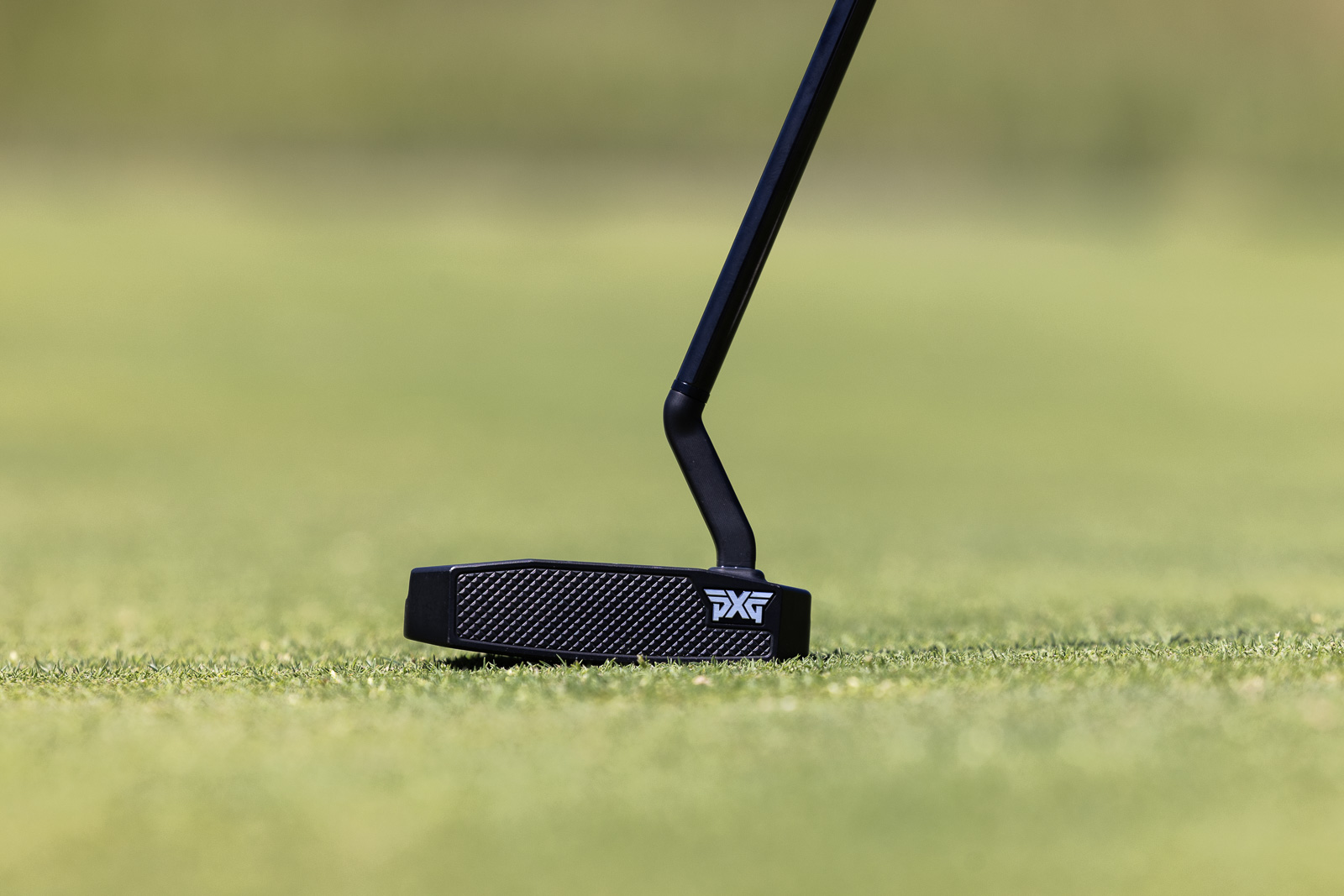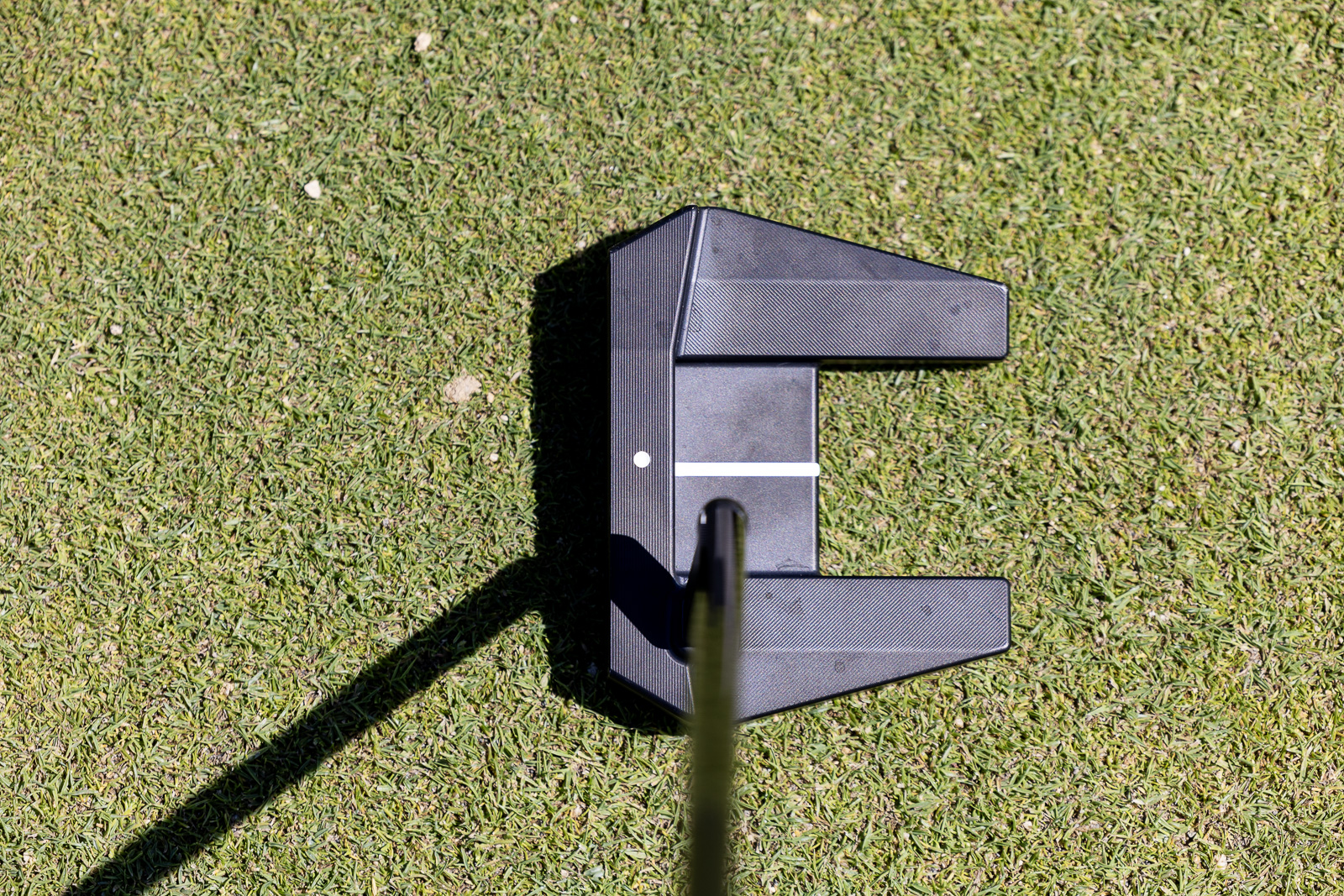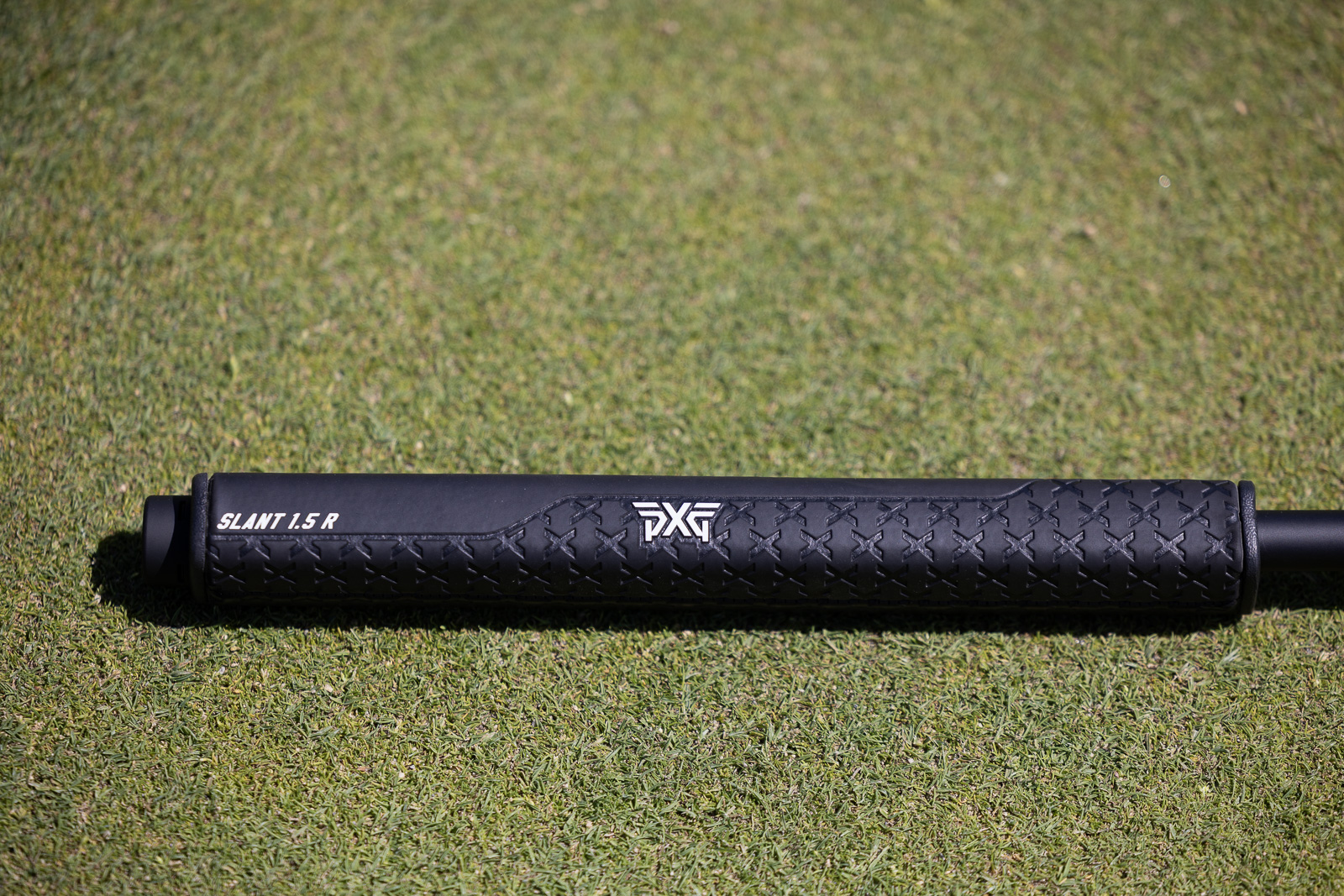Let’s get one thing out of the way right now: I don’t believe there’s such a thing as the best putter.
I know, hot take, right? But the truth is, putting is personal. Deeply personal. The putter that feels like magic to me might feel like you’re holding a garden rake to you.
Some players swear by the newest zero-torque tech. And others are still draining putts with a 30-year-old Scotty.
The best players in the world have won majors for decades with completely standard putters and would still putt better than you or me no matter what they were using.
So, no, I’m not saying this PXG Bat Attack ZT is objectively better than your gamer. But I am saying it’s better than mine.
And I’ve got the stats to prove it.
Let me explain.
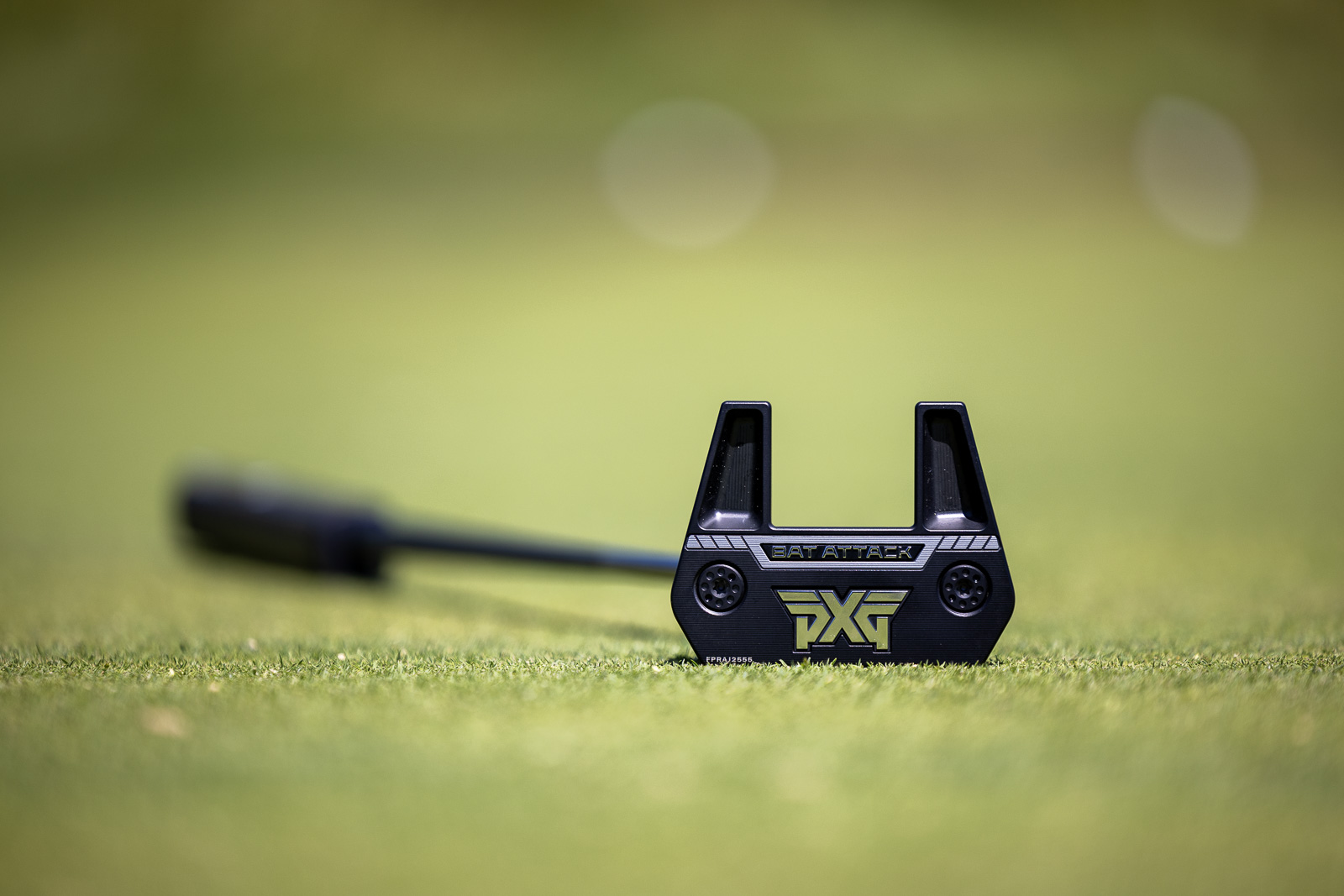
The L.A.B. Golf Putter Craze
L.A.B. putters have gotten a lot of love over the past year. Everyone’s talking about them and the zero-torque design that reduces face twisting to help keep putts straighter. I haven’t seen as many positive comments about any product as I have about the L.A.B. putters.
And I get it. I’ve been playing L.A.B. too. And, generally, it’s been a good switch. Just look at my initial review of the DF3:
I own both the DF3 and the Mezz.1. I did a full comparison of both putters, and for me, the Mezz.1 came out ahead for my stroke, so that’s what I’ve been using.
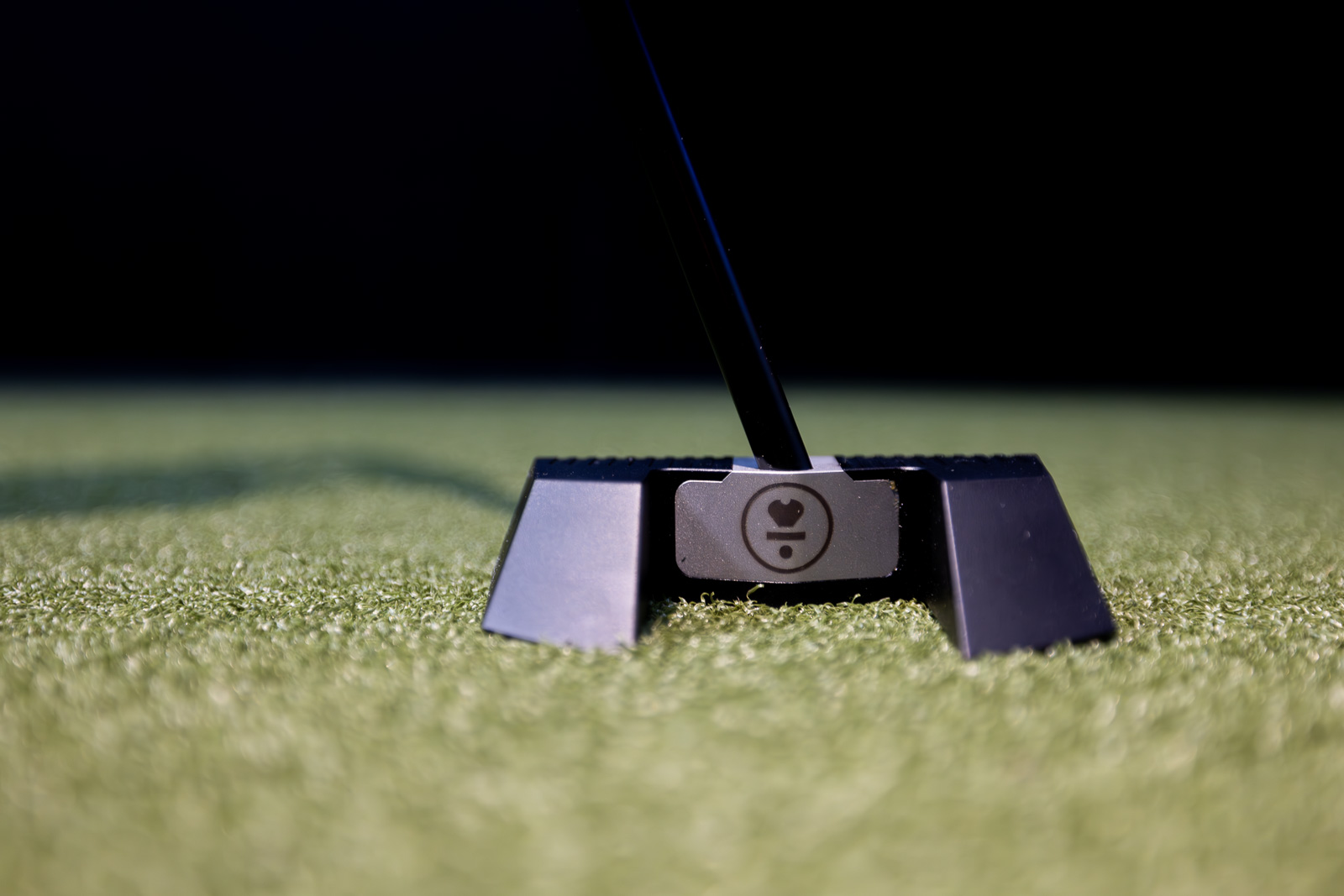
But honestly? Now 6 months in, it hasn’t been quite the magic wand I’d hoped for, but I’ve been very happy overall. The inconsistencies I’ve had are likely due to me and the lack of regular practice – rather than the putter itself.
But then PXG dropped this Bat Attack ZT. I brought it onto the course. I gathered some data. And… the results surprised me.
Over a stretch of six weeks, I played 10 rounds. Five with the L.A.B. Mezz.1 followed by five with the PXG. And I think the strokes-gained results are going to surprise you. They did me.
Though, honestly, I wasn’t sure what to expect. I know how wedded people are to L.A.B.s and how easy it is to dismiss PXG’s putter as a L.A.B. knock-off.
Is it truly zero-torque?
Look, I don’t know. And I’ll save that deep dive for the folks with the gear and the bandwidth to analyze it.
But what I can tell you is what happened on the green with my real-world strokes-gained numbers.
So if you want to skip the guesswork and just get the cold, hard facts, keep reading.
First Impressions of the PXG Bat Attack ZT
Let’s start with what you see before you ever hit a putt.
When the PXG Bat Attack Zero Torque arrived, the first thing I noticed was the headcover. High-quality leather, great feel.
But the branding? It’s a lot. PXG logos all over. If you know me, you know I’m not usually excited about billboard-style logos on my gear. Subtle is better.
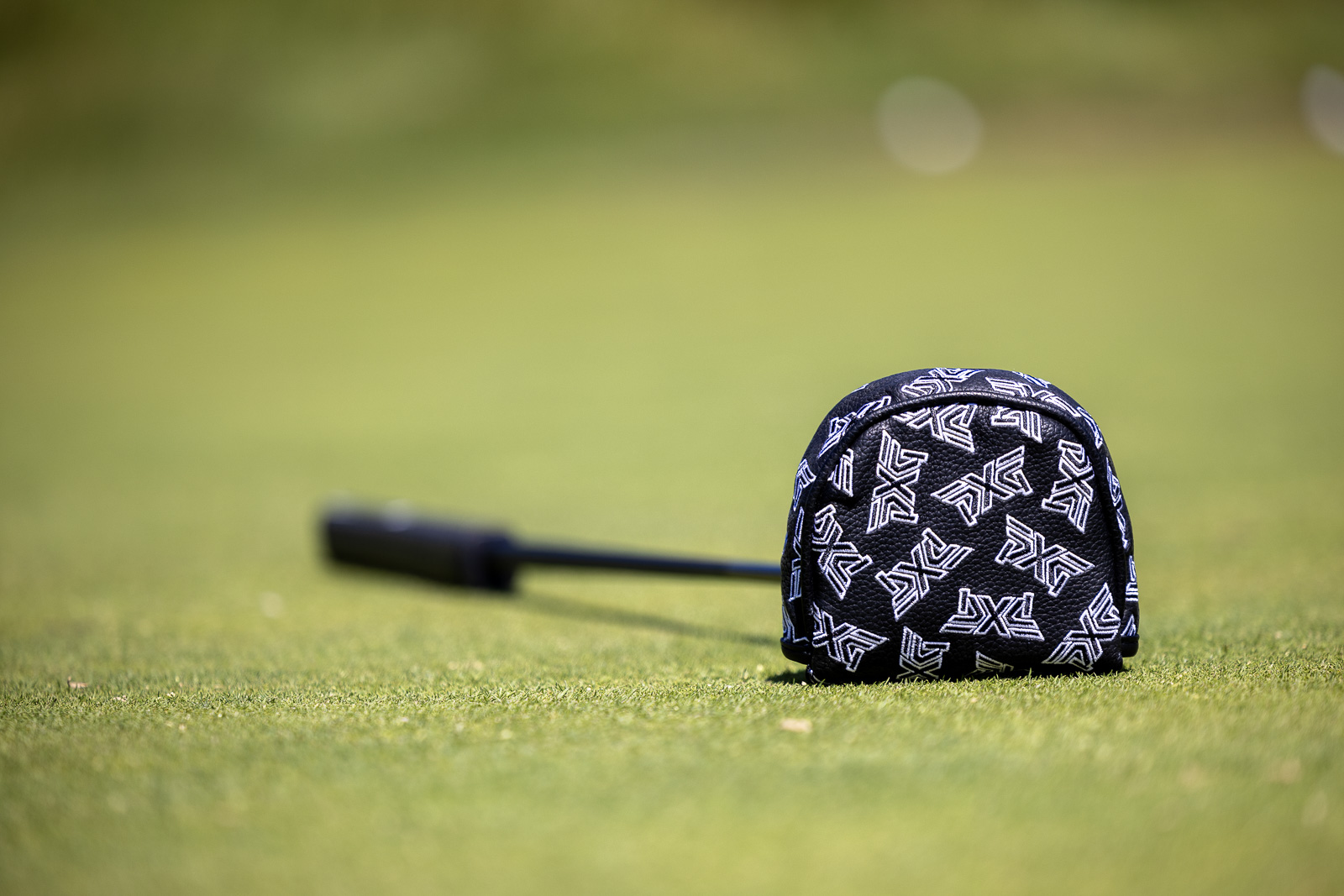
Now, L.A.B. isn’t exactly flying under the radar either. They’re plenty loud in their own way. But I still prefer the more minimalist look of their logo when comparing the headcovers of the PXG Bat Attack ZT vs. the L.A.B. Mezz.1.
That said, once I got past the branding, I was pleasantly surprised.
The Bat Attack Zero looks really sharp. It’s got a sleek, all-black, mid-mallet profile, very similar to the Mezz.1, actually. The “bat wing” shaping adds a bit of visual intrigue without going too far. I like this form factor. It just fits my eye.
The sole of the putter is maybe a little bold with more branding and a big “Bat Attack” imprint. Again, a little much for my taste, but not a dealbreaker.
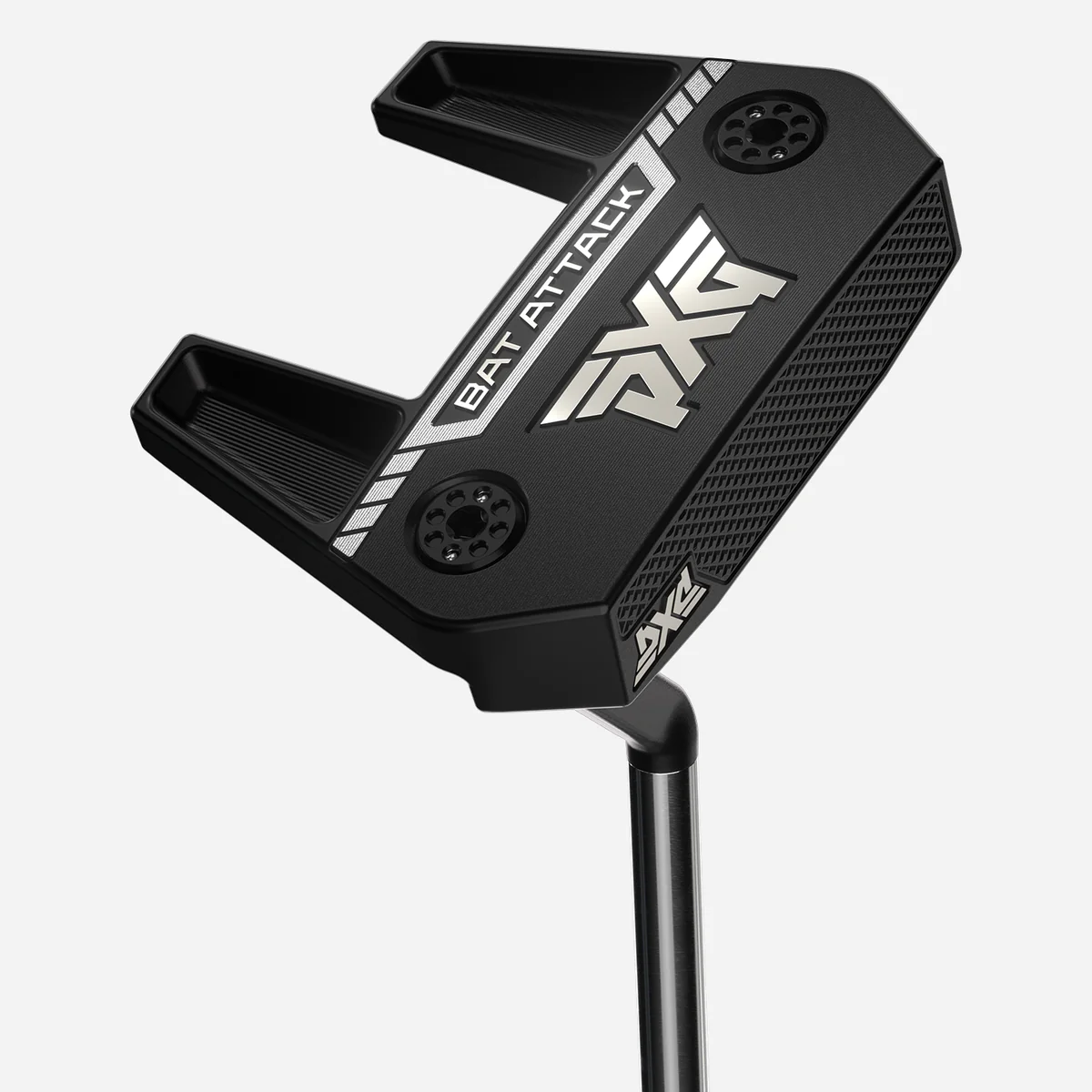
Overall? This PXG is a good-looking putter. Whether it looks better than the L.A.B.? That depends on what you’re into. The Mezz.1 has that ultra-modern, spaceship vibe. It’s bold and futuristic, definitely not traditional.
I happen to love the look of the Mezz.1. But for others, I know it’s a little too out there. So, it really comes down to personal taste. Both of these are stylish in their own way.
I'm lagging it better, draining more putts inside of 10 feet, and feeling more confident over the ball. What's not to like? Am I worried about whether or not this is a "true" zero-torque putter? No. No, I am not.
PXG Bat Attack Zero Torque vs. L.A.B. Mezz.1 On the Course
My first test run with the PXG Bat Attack ZT came at Brasada Ranch. And even from the early holes, I noticed something different. The feel.
The PXG putter is really soft. There’s a muted sound at contact and kind of a “mushy” feedback that might not be for everyone but works well for me.
I’ve always been someone that needs a softer feel to help me dial in distance control. And as someone who regularly faces 30, 40, 50 footers, I need my lag putting to be on point or I can start racking up big numbers.
That’s something I’ve struggled with on longer putts using both my L.A.B. DF3 and Mezz.1. The DF3 in particular just never quite clicked when it came to lag putting. The Mezz.1 was a step up, but I still found myself leaving too many 40- and 50-footers way short or blasting them way past.
We all know, nothing’s worse than consistently three-putting. It’s one thing to miss 10-footers, but it’s those three-bangers that just seem to destroy a round.
And that’s what I first noticed with the PXG Bat Attack. I could feel it helping with my lag putting.
But still, the numbers weren’t exactly fireworks.
According to my Arccos data, That Brasada round ended with 37 putts and a strokes-gained mark of -1.7 compared to a 10-handicap baseline. Not great. In fairness, I was filming a vlog that day and was not as locked in as I should’ve been, but it’s worth noting.
Now, to set a baseline, here’s what my recent rounds looked like with the Mezz.1:
- +0.6 SG, 36 putts
- +0.6 SG, 37 putts
- -0.8 SG, 37 putts
- -6.1 SG, 37 putts
- +0.8 SG, 37 putts
Toss out that extreme outlier and I averaged about +0.3 strokes gained with the L.A.B. Mezz.1. Not bad. But not thrilling either.
The Bat Attack Strokes-Gained Results
So I was curious to see what the PXG could do with a few more rounds under its belt.
Here’s how the strokes-gained and total putts numbers shook out over the next four rounds:
- +2.8 SG, 34 putts
- +1.5 SG, 32 putts
- +2.2 SG, 32 putts
- +4.5 SG, 32 putts
That’s an average of 1.86 strokes gained with the PXG over five rounds, or nearly +3 strokes gained if you throw out that first outing.
And that, frankly, shocked me.
Also, let me remind you that I don’t have a dog in this fight. I don’t care which of these products wins out in this comparison. I only want to figure out which one helps me get the ball in the hole faster.
And for these five rounds? The PXG undeniably delivered. Big time.
More putts dropped. More lag putts nestled up close. Fewer stressful three-putts. And, probably most importantly, I started to feel genuinely confident standing over the ball. Especially inside 10 feet.
That’s something the L.A.B. is supposed to excel at with its zero-torque tech. But for me, it’s the Bat Attack Zero Torque that brought the confidence, and that might be the most valuable metric of all.
To go even further, a couple weeks after I took the numbers I just mentioned, I spent a few days at Ballyneal. There, I proceeded to break 80 for the first time in 2 years, with, you guessed it, the PXG putter.
My putting was so noticeably good, that my playing partners repeatedly made my promise to never get rid of the putter.
A Quick Word on Zero Torque
If you’re not familiar with the term “zero torque,” here’s the basic idea:
It refers to a putter design that minimizes face rotation throughout the stroke — essentially keeping the face square, even if your mechanics aren’t perfect.
Think of it as a balancing act. You bring the club back, and instead of the head twisting open like many putters do, it stays square. That’s the promise.
L.A.B. Golf introduced this concept to the mainstream. They pioneered the lie-angle balancing (hence, L.A.B.), and they’re still the brand most people associate with true zero torque.

Now, there’s plenty of debate out there about what actually qualifies. Some will argue that if it’s not a L.A.B., it’s technically not zero torque. I will leave that argument to the engineers.
I don’t know the physics. I don’t have the testing rigs. And honestly, I don’t care.
What I do have is real on-course experience. And for the past several rounds with the PXG, I’ve been making more of those tricky five- to seven-footers than I have in a long time.
That’s the difference between 36 putts and 32. That’s the difference between feeling good about your round or walking off the 18th green grumbling about what your round should have been.
And here’s the kicker: Even with the L.A.B., which I’ve liked and felt confident with, those short-to-mid range putts didn’t always fall. But with the PXG? Lately, they have.
So say what you will about whether it’s true zero torque.
I’m just looking at more made putts, and I like that a lot.
The PXG Bat Attack ZT Isn’t Cheap
As you might expect given the putters I’ve been comparing it to, this putter isn’t exactly cheap.
It retails for $449, and could certainly get above that if you get custom fit for a different shaft.
It’s still generally less than a L.A.B. – but it’s also a quite a bit more than many Scotty’s will cost you as well.
So this is far from a value choice.
If this is more money than you want to spend, I certainly don’t blame you.
I’d take a look at our current round of of the best golf putters out there, as most will be less than this. And if you’re looking for a budget friendly option, the Stix Compete I’ve found to be surprisingly good.
Putters Are Personal
Let me be clear: I’m not here to crown a winner.
Putters are personal. Always have been. Always will be. What works for me might feel horrible for you. And that’s exactly how it should be. Confidence is everything on the greens. Whatever putter gives you that edge is the one you should be rolling with.
For a while, I thought that was the L.A.B.
But now? It’s definitely been the PXG Bat Attack ZT.
The feel. The feedback. The performance. It’s just… worked.
Over the last four rounds with the Bat Attack Zero, I’ve gained 0.6 strokes from 3 to 5 feet and 0.8 strokes from 25 to 39 feet.
That’s not anecdotal. That’s real data. And it reflects what I’ve been feeling, which is that I’m lagging better and dropping more of those make-or-break testers.
It’s not just the torque balance. It’s the whole package. For my game, right now, this PXG is making a real impact.
Final Thoughts: Why This Surprised Me
If I’m being honest, I wish this test had gone the other way.
It would’ve been simpler to keep waving the L.A.B. flag, reinforcing the narrative that they’re still the benchmark in putting tech. And look, I still think they are one of the most innovative brands in golf. I still love my Mezz.1. And I still plan to go back and test it again.
But the numbers don’t lie.
Over the last five rounds (and I realize that’s still a fairly small sample size), this PXG Bat Attack ZT has changed my game. I’m lagging better. I’m making more putts inside 10 feet. I’m standing over putts with more confidence than I’ve had in a long time.
It’s the most dramatic difference I’ve seen from a club in a long time. That’s not sponsored hype. That’s the simple truth.
The only other club that comes to mind is the Callaway Elyte driver, which has also definitely helped me. And now that I’ve got the driver and putter kind of, for the moment, figured out, I’m actually starting to feel pretty good about my game.
And for now? That’s what matters.
So if you’re intrigued, or even skeptical, about the PXG Bat Attack, I say give it a shot. Your hands will know. Your numbers will tell you. Because as I said, putters are personal. This one just happens to be what’s working for me.
I'm lagging it better, draining more putts inside of 10 feet, and feeling more confident over the ball. What's not to like? Am I worried about whether or not this is a "true" zero-torque putter? No. No, I am not.
These results honestly shocked me.
Until something changes, this putter is not coming out of my bag. I lag it better, I make more makable putts, and I feel more confident over the ball. I really wasn't expecting this putter to replace my L.A.B. Mezz.1. But for now? That's exactly what's happened.
The Good
- Soft feel and consistent feedback, especially ideal for distance control
- Confidence-inspiring results, especially on short and mid-range putts
- Exceptional strokes-gained improvement over five-round test
The Band
- Heavy branding may not be everyone's taste
- It's expensive.
-
Presentation
-
Performance
-
Features and Quality
-
Price
-
Personal Affinity


